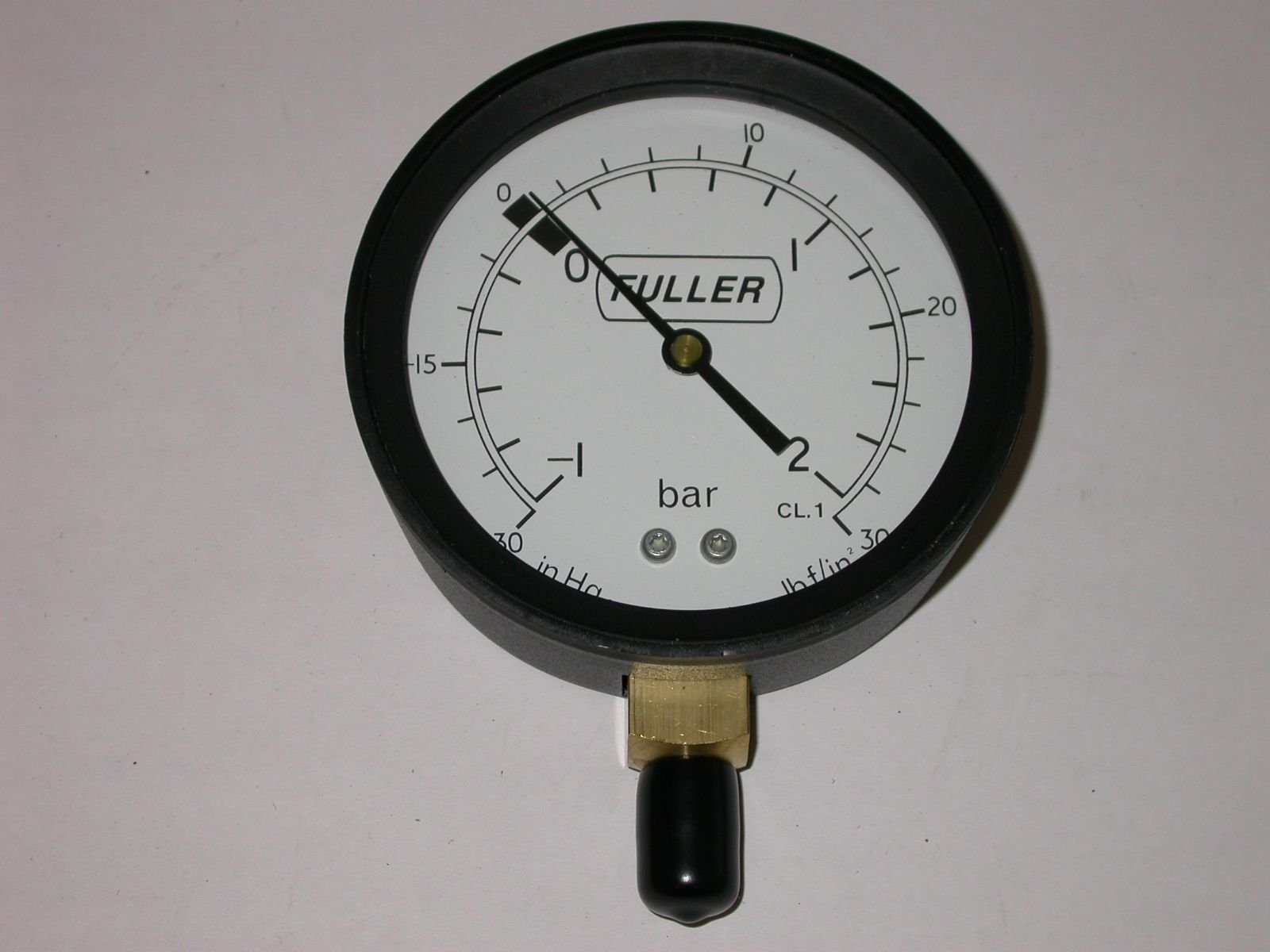Thermometers are designed to measure temperatures within specific ranges for numerous purposes. For the ordinary customers, the most common use of thermometers is for cooking, health monitoring and inside/outdoor temperature.
Identification
Thermometers are generally made of a hollow glass tube with a reservoir at one end to hold a liquid, that is sensitive to temperature fluctuations inside a particular range. Mercury in its liquid form has traditionally been used due to its fluid properties of separation and adherence through temperature extremes. It’s known by its familiar silver metallic color. Thermometers containing a blue or red color liquid are most often utilizing an organic liquid, those are known as organic liquid filled thermometer, sometimes alcohol-based. Visual indicators are marked in degrees Fahrenheit, Centigrade or both.
If you are willing to measure very high temperature you can buy a pyrometerwhich is used to measuring relatively high temperature.
Mechanisms of Action
When something changes temperature, it shrinks or expands in all 3 dimensions. In a mercury- or organic liquid-filled thermometer, it’s the change in fluid volume that’s necessary. Specifically, it’s calibrated and measured at the volume per degree change in temperature at a relentless pressure. Expansion or contraction of the glass tube and reservoir enclosing the liquid inside is negligible, since liquids usually have a well larger coefficient of thermal expansion than solids. The manufacturer calibrates and marks the thermometer that the top of the fluid column (meniscus) indicates a correct temperature reading.
Advantages & Disadvantages of Mercury Thermometers
Mercury thermometers are cheap, durable and accurate. However, they present several safety and environmental hazards. Metallic mercury in its liquid state is relatively harmless once confined. However, in a gaseous state, as organ mercuric compounds or as inorganic salts, it becomes a deadly toxin. Mercury is particularly harmful to fetuses, infants and kids.
If introduced into the atmosphere in a non-controlled manner, the metallic mercury in thermometers, will eventually enter the water system, where sea lives break it down to methylmercury components. Fish and ocean animals at the top of the food chain of the ocean, lakes and streams consume these compounds in their diets, where they tend to accumulate in their body tissues. According to Medicinenet.com, all birds and mammals are threatened by death, reduced reproduction, slower growth, delayed development and abnormal behavior as a results of a diet high in contaminated food.
Advantages & Disadvantages of Alcohol Thermometers
Alcohol thermometers also are cheap and durable. They’re generally not as accurate as mercury thermometers because of the alcohol’s status to evaporation, polymerization potential and capillary separation. Their primary advantage is safety to humans and also the environment.
Alcohol thermometers has the limited use at very high temperatures as in cooking, because of the low boiling point of the thermometer’s liquid contents which is the major disadvantage of alcohol thermometers. Thermistor-based or “metal thermometers” are recommended in these applications, that don’t utilize any liquid for temperature measurement.
Safety issues
- Being careful of any broken glass one should dispose the broken alcohol thermometers.
- Mercury thermometers should ne’er be accessible by infants or kids.
- A broken mercury thermometer should be handled as an emergency situation requiring immediate attention.
Whether it is an Organic liquid filled thermometer i.e. alcohol filled or a mercury filled thermometer one should always be careful.




